Megan Helldoerfer, PTA in Maryville, IL attended a 26-hour continuing education course, sponsored by ApexNetwork Physical Therapy. The course was titled “McKenzie Part A Lumbar Spine” and took place at the Highland clinic on March 24-26, 2017. The objective of the course was to improve the clinicians understanding of a mechanical evaluation for low back pain patients and how to treat using the McKenzie method.
Patients suffering from back pain or issues associated with sciatica, sacroiliac joint pain, arthritis, degenerative disc disease, or muscle spasms, may benefits from an evaluation by a therapist trained in Mechanical Diagnosis and Therapy (MDT). This method is a reliable assessment process intended for these conditions.
Developed by world-renowned expert physiotherapist Robin McKenzie in the 1950s, this well-researched, exercise-based approach of assessment, diagnosis and treatment uses a comprehensive and clinically reasoned evaluation of patients without the use of expensive diagnostic imaging (e.g. x-rays and MRIs). These techniques often provide relief from symptoms, even when other therapy, injections and procedures have failed. McKenzie allows patients to learn the principles that empower them to be in control of their own symptom management.
Most musculoskeletal pain is “mechanical” in origin, which means it is not due to a serious pathology like cancer or infection, but a result of abnormal or unusual forces or mechanics occurring in the tissue. Further, it means that a position, movement or activity caused the pain to start. If a mechanical force caused the problem, then it is logical that a mechanical force may be a part of the solution. The MDT system is designed to identify the mechanical problem and develop a plan to correct or improve the mechanics, thus decreasing or eliminating the pain and functional problems.
In the simplest and most common instance, this may mean that moving in one direction may provoke and worsen the pain, and moving in the opposite direction may eliminate the pain and restore function. This is known as Directional Preference. Other patients may have pain just at the end of movement or with certain functional movement like throwing or stair climbing. The McKenzie assessment explores these different positions and movements, how the patient performs them, and the response to these movements.
Using the information from the assessment, the clinician will prescribe specific exercises and advice regarding postures to adopt and postures to temporarily avoid. If your problem has a more difficult mechanical presentation, a qualified MDT clinician may need to add hands-on techniques until you can self-manage. Treatment that you can perform several times a day is more likely to be effective in a shorter period of time than treatment administered by the clinician only once or twice per week. The emphasis is on the patient being actively involved so, ultimately; most patients can successfully treat themselves with the techniques and knowledge provided.
By learning how to self-treat the current problem, you gain knowledge on how to minimize the risk of recurrence. You can also rapidly deal with symptoms if they should recur, putting you in control of your treatment safely and effectively. Persisting problems are most likely to be prevented through self-maintenance.
ApexNetwork Physical Therapy employs physical therapists trained in MDT. Contact us to see how we can assist you with managing your pain and restoring your function.
The skills acquired from the seminar will allow Megan to better care for patients experiencing low back pain. Please contact her at 618-288-4677 to schedule an appointment or visit www.apexnetworkpt.com for additional information
